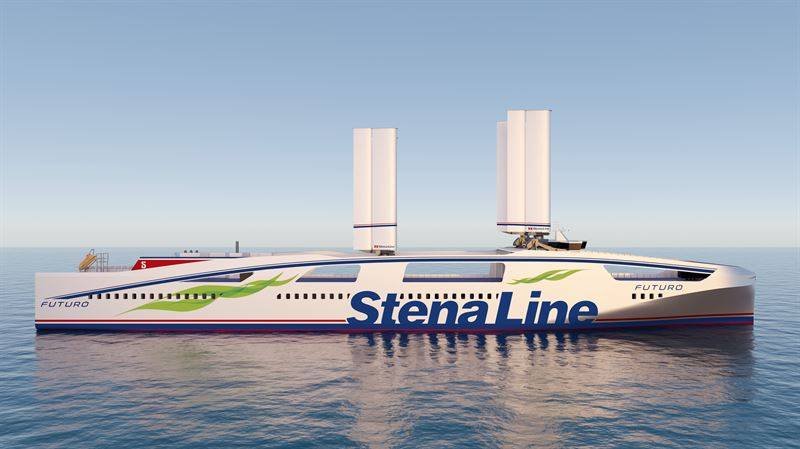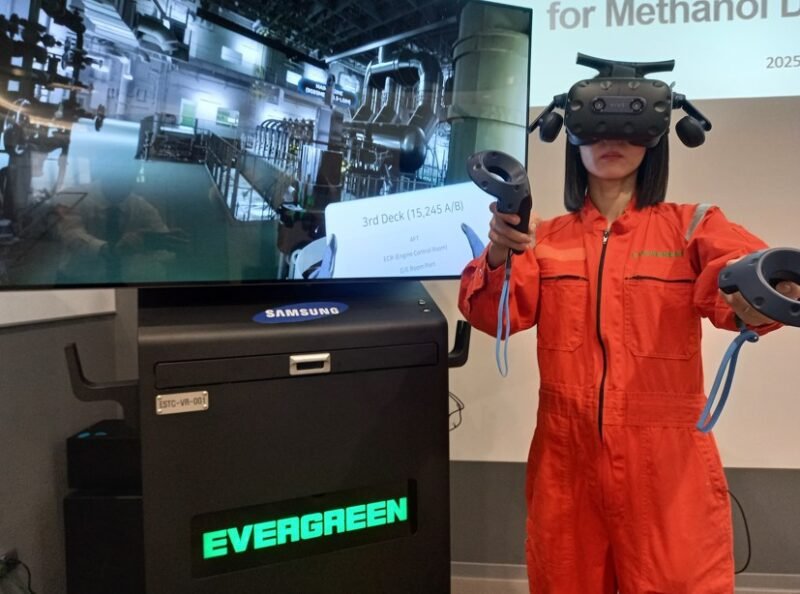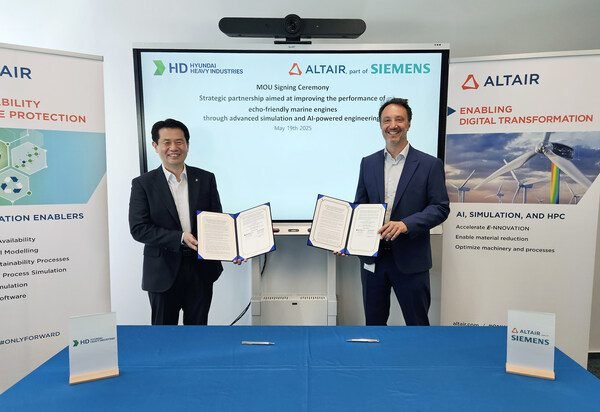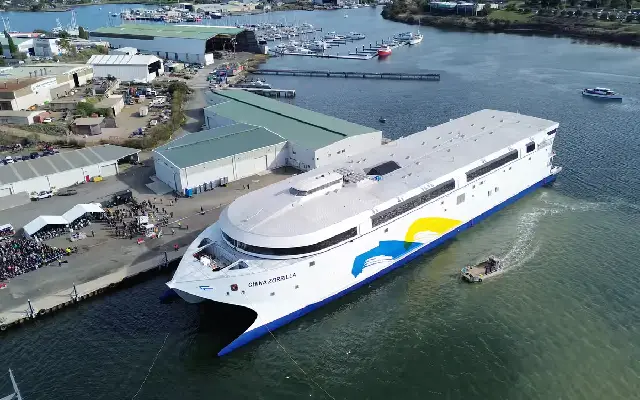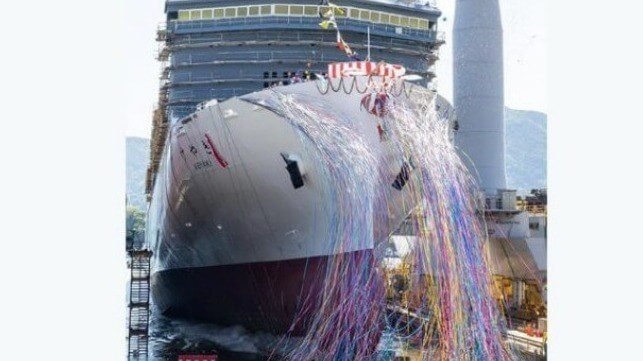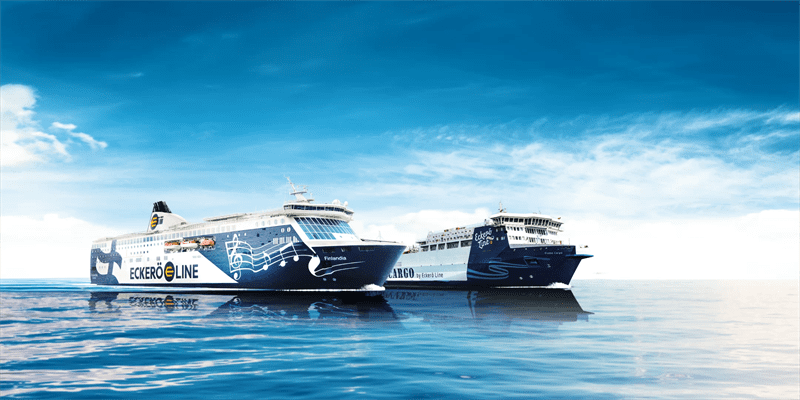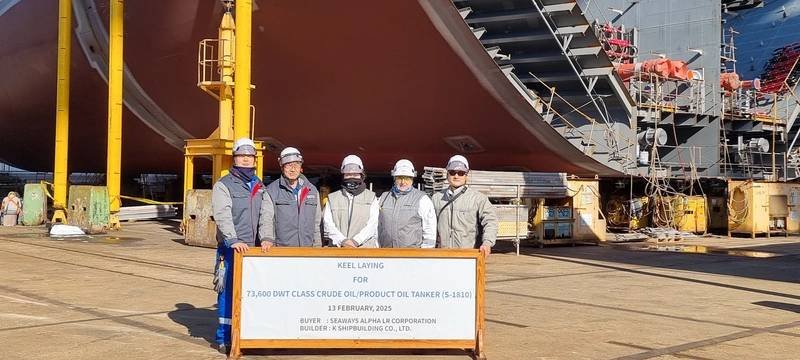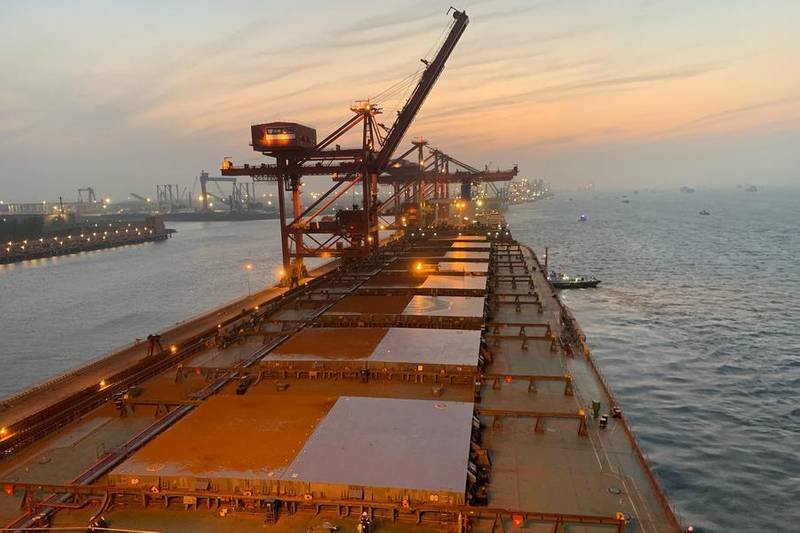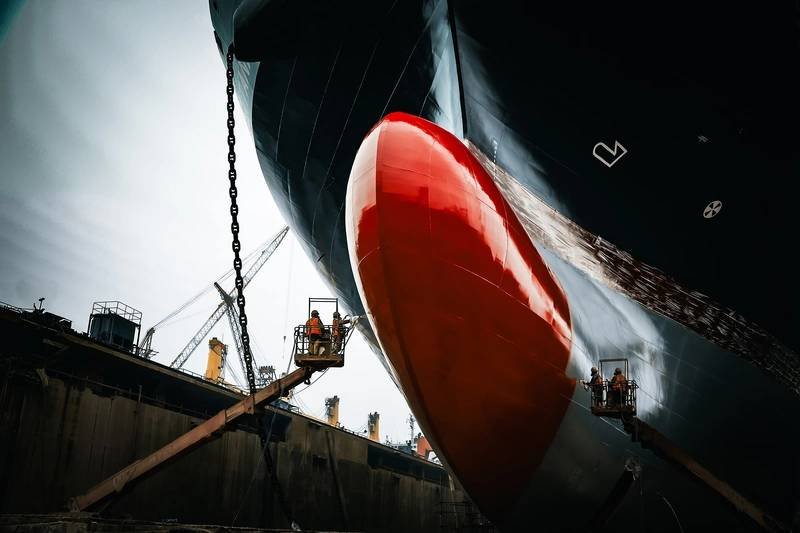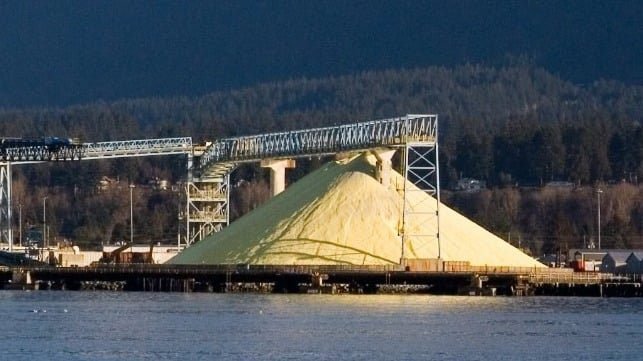Stena Line has unveiled plans for a new generation vessel known as Stena Futuro, a 240-meter-long roro designed for transporting semi-trailers and cars. The vessel’s hull and superstructure have been optimized to maximize cargo space efficiency, while also focusing on low weight and enhanced hydro- and aerodynamics to reduce fuel consumption. Stena Futuro will feature hybrid propulsion, batteries, and engines with low fuel consumption that can operate on multiple fuels, along with a battery system for partial electric operation and solar panels for additional electricity needs.
In addition to its environmentally friendly design, Stena Futuro will be equipped with an air lubrication system on the hull and a waste heat recovery system to reuse exhaust gases for onboard heating and electric power generation. The vessel will also include four retractable 40-meter-tall wing sails, which have undergone testing and simulations to demonstrate potential energy savings of up to 15%. Nicolas Bathfield, Project Manager at Stena Teknik, emphasizes the goal of developing the most efficient and competitive vessel with the lowest fuel consumption in the market.
The concept for Stena Futuro represents a significant step in Stena Line’s future tonnage planning, although there is currently no set timeline for the production of the vessel. The innovative design and technology incorporated into Stena Futuro demonstrate a commitment to sustainability and efficiency in maritime transportation. By leveraging available technology and conducting rigorous testing, Stena Line aims to set a new standard for fuel-efficient vessels in the industry.


